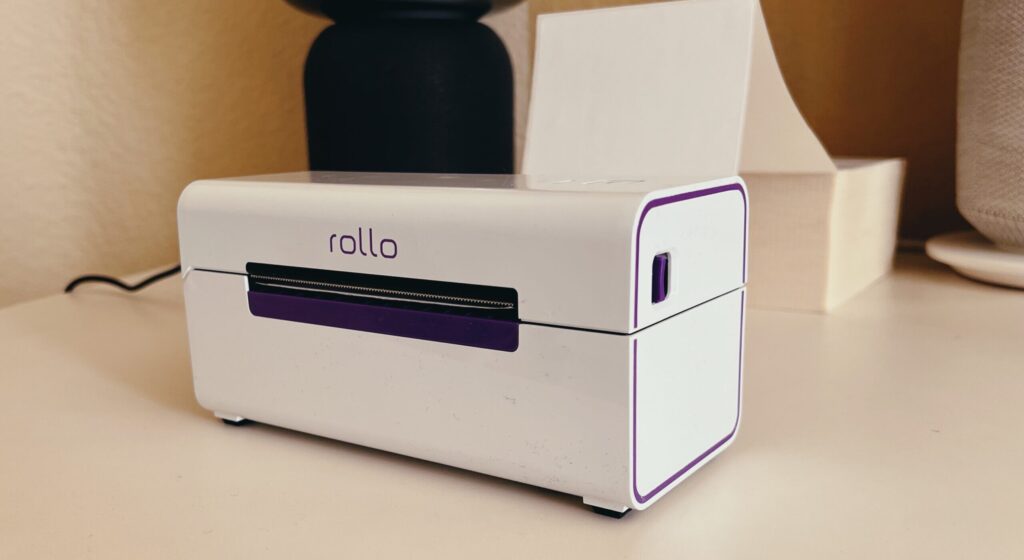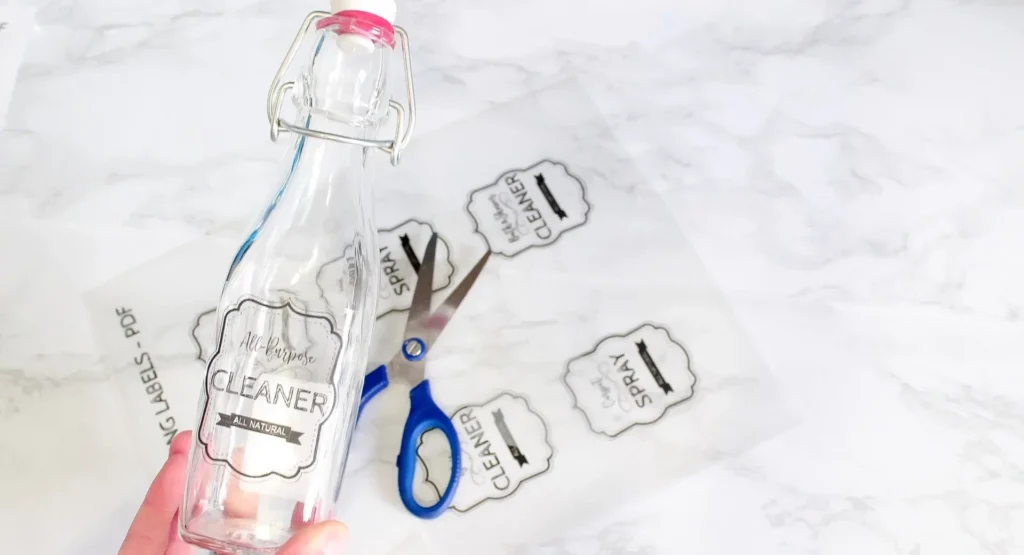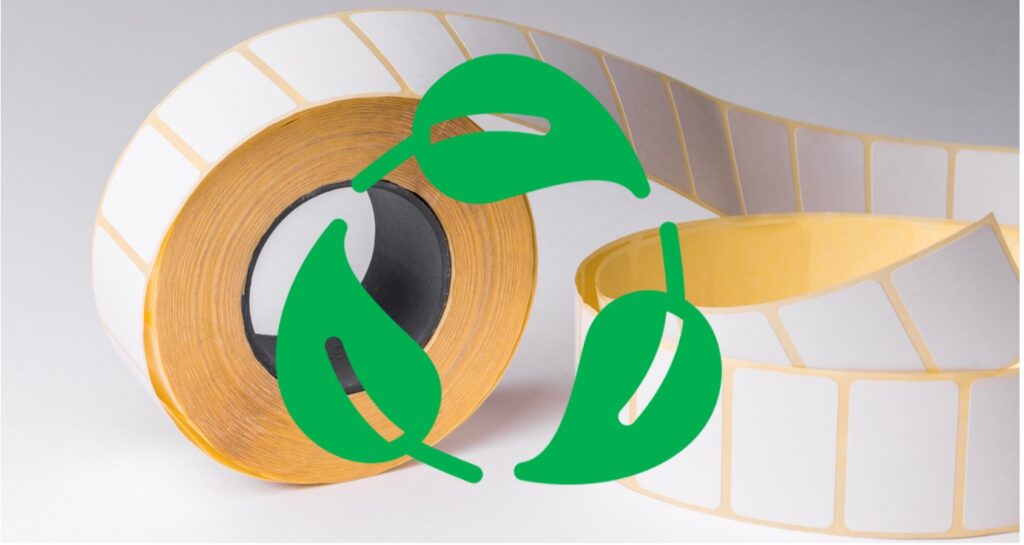Label printing technology has woven itself into the fabric of various industries, playing a pivotal role in branding and product identification. The wave of DIY labels is sweeping across markets, unlocking new avenues for creativity and individualism in this area of design and application.
Label printing technology is quintessential for industries ranging from food and beverage to cosmetics and apparel. Its significance is underscored by the rising trend in DIY labels, allowing businesses and hobbyists to craft personalized, unique kinds that align with their brand aesthetics.
The Evolution of Label Printing
Tracing back the history of label printing reveals a rich tapestry of innovation and evolution. Key milestones, such as the invention of the printing press and the advent of digital technologies, have shaped the trajectory of printing, enabling unprecedented levels of accuracy, speed, and versatility.
From rudimentary stamps to sophisticated digital printers, printing technology has undergone transformative developments, embracing accuracy and efficiency. It has evolved in tandem with overarching technological progress, incorporating innovations and adapting to changing market demands.
Benefits of DIY Label Printing
DIY label printing stands as a beacon of empowerment for businesses and individuals alike. It democratizes its creation, enabling customization, quick turnaround times, and cost-effectiveness, making it an attractive option for those seeking to add a personal touch to their products.
In the realm of DIY label print, benefits abound. Cost-effectiveness, swift turnaround, and unlimited customization possibilities are just the tip of the iceberg with the right label printer. This approach empowers users to transcend traditional limitations, fostering creativity and individual expression.
Types of Label Printing Technologies

Source: newsweek.com
The landscape of label printing technologies is diverse and dynamic, hosting a range of methods such as laser, inkjet, and thermal printing. Each comes with its distinct set of advantages and limitations, necessitating informed choices for optimal results in DIY projects.
Navigating through the multifaceted world of label print technologies unveils a spectrum of methods, each with its unique merits and demerits. Inkjet, laser, and thermal printing are some of the prevalent techniques, each catering to different needs and project requirements.
Choosing the Right Label Printer
Choosing the right label printer is instrumental in ensuring the success of your DIY label project. There are various considerations like print quality, volume, and budget, each affecting the final outcome. It is crucial to assess the specific needs of the project and align them with the features of the printer. High-volume projects may require printers with faster print speeds and larger paper capacities, while high-quality prints may necessitate printers with high-resolution capabilities.
Designing DIY Labels: Tips and Tricks

Source: slayathomemother.com
Designing alluring, informative labels is crucial in the DIY label print realm. The right software is indispensable, serving as the canvas for your creativity. Adobe Illustrator and Canva are stellar options, offering a plethora of design flexibility and templates to jumpstart your projects. Prioritize legibility, harmonious color coordination, and incorporation of vital information to convey the message succinctly.
Avoid overcomplicating the design—clutter can detract from the main message, making it less effective. Balance text, imagery meticulously, ensuring neither overwhelms the other, crafting labels that captivate at first glance.
Printing Materials and Substrates
Selecting the appropriate materials and substrates is paramount for the longevity and visual appeal of labels. A myriad of substrates, including paper, polyester, and vinyl, present varied attributes of durability, adhesiveness, and resilience to environmental conditions. It’s vital to match materials to the label’s purpose, weighing factors like potential exposure to moisture, sunlight, and friction. Understanding the intended environment and usage of your labels will help in selecting materials that preserve its integrity and appearance, even under strenuous conditions, ensuring consistent brand presentation.
DIY Label Printing for Small Businesses
For burgeoning enterprises, DIY label printing emerges as a revolutionary tool, enabling substantial savings and unparalleled customization to resonate with brand ethos. The creation of distinctive, premium labels empowers smaller entities to carve their niche in saturated markets.
The economic advantage of crafting DIY labels facilitates optimal budget allocation, freeing up resources for pivotal business facets, fostering organizational growth and prosperity. Embracing this approach not only elevates brand visibility but also imbues the brand with a unique identity, offering a competitive edge in marketplaces brimming with generic representations.
Sustainability in Label Printing

Source: labelsplus.co.uk
The spotlight is increasingly shining on green label printing, as sustainable alternatives become imperative. For those seeking to tread lightly on the earth, options abound—choose materials that are either recyclable, biodegradable, or harvested from renewable sources.
DIY labels champion sustainability by enabling exact quantity prints, eliminating the waste synonymous with excess production, fortifying global sustainability endeavors. This approach not only minimizes environmental degradation but also echoes a brand’s commitment to eco-conscious practices, resonating with like-minded consumers and fostering responsible consumption.
Troubleshooting Common Label Printing Issues
Challenges, including paper jams, subpar print quality, and misalignment, are common stumbling blocks in label printing. Swift resolution of these issues is essential to preserve the workflow. Implementing regular printer maintenance, selecting compatible printing materials, and ensuring printer calibration are proactive measures to preclude prevalent problems.
When complications persist or are intricate, it’s prudent to refer to the printer’s manual or solicit professional counsel. By addressing issues head-on, you can maintain the seamless operation of your label printing endeavors, ensuring consistent output and mitigating downtime.
Case Studies: DIY Labels in Action

Source: munbyn.com
DIY labels have been triumphant across diverse sectors. A notable illustration is a local craft brewery that harnessed DIY label printing to manifest unique, superior labels, embodying their brand philosophy. This resonated profoundly with their demographic, amplifying brand acknowledgment and propelling sales. Such real-life instances underscore the multifaceted applicability and efficacy of DIY label printing in elevating brand perception and market presence. They exemplify how thoughtful, well-executed label designs can transcend mere aesthetics, becoming pivotal brand ambassadors and enhancing consumer engagement.
The Future of Label Printing Technology
The future of label printing technology is poised to witness groundbreaking innovations and trends. Advances in printing technology are expected to offer enhanced precision, efficiency, and customization options.
Emerging technologies like 3D printing and augmented reality (AR) are set to revolutionize label design and application, providing immersive and interactive experiences. These advancements will continue to shape the landscape of DIY labels, offering unprecedented possibilities and elevating the user experience.



